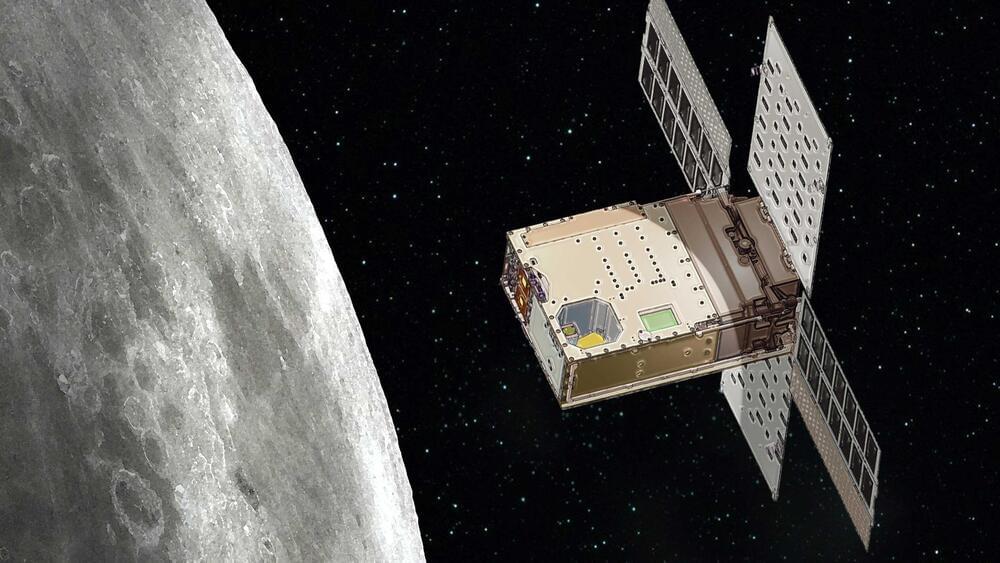It’s known that water ice exists below the lunar regolith (broken rock and dust), but scientists don’t yet understand whether surface ice frost covers the floors inside these cold craters. To find out, NASA is sending Lunar Flashlight, a small satellite (or SmallSat) no larger than a briefcase. Swooping low over the lunar South Pole, it will use lasers to shed light on these dark craters—much like a prospector looking for hidden treasure by shining a flashlight into a cave. The mission will launch aboard a SpaceX Falcon 9 rocket in mid-November.
“This launch will put the satellite on a trajectory that will take about three months to reach its science orbit,” said John Baker, the mission’s project manager at NASA’s Jet Propulsion Laboratory in Southern California. “Then Lunar Flashlight will try to find water ice on the surface of the Moon in places that nobody else has been able to look.”










Comments are closed.